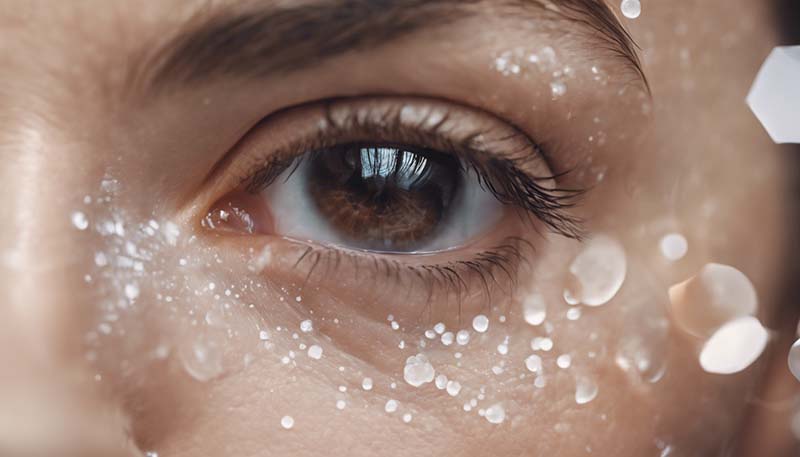The Science Behind Skincare Ingredients: What Really Works?
Introduction
The skincare industry is a multi-billion dollar market that thrives on the promise of youth and vitality. With countless products on the shelves, each claiming to hold the secret to perfect skin, it can be overwhelming to determine which ingredients are backed by science and which are simply marketing ploys. In this article, we delve into the science behind some of the most popular skincare ingredients to find out what really works.
Active Ingredients
Active ingredients are the components in skincare products that have a biological effect on the skin. They can be derived from natural sources or created synthetically. Here are some of the most effective active ingredients:
1. Retinoids
Retinoids are derivatives of vitamin A and are known for their ability to reduce the appearance of fine lines and wrinkles. They work by increasing cell turnover, which helps to replace old, damaged skin with new, healthy skin. Retinoids also stimulate collagen production, which is crucial for maintaining skin elasticity.
2. Alpha Hydroxy Acids (AHAs)
AHAs, such as glycolic acid and lactic acid, are water-soluble acids that exfoliate the skin. They work by breaking down the bonds between dead skin cells, allowing for easier removal. This process can help to improve skin texture, reduce hyperpigmentation, and even out skin tone.
Advertisement
3. Beta Hydroxy Acids (BHAs)
BHAs, like salicylic acid, are oil-soluble and can penetrate deeper into the pores than AHAs. They are particularly effective for treating acne-prone skin, as they can help to unclog pores and reduce inflammation.
4. Vitamin C
Vitamin C is a powerful antioxidant that can protect the skin from free radical damage caused by the sun and pollution. It also helps to brighten the skin by inhibiting the production of melanin, the pigment responsible for the dark spots and uneven skin tone.
5. Niacinamide
Niacinamide, a form of vitamin B3, has multiple benefits for the skin. It can help to reduce inflammation, improve skin barrier function, and decrease the appearance of pores and fine lines.
6. Peptides
Peptides are short chains of amino acids that are the building blocks of proteins. In skincare, they can help to stimulate collagen production, reduce the appearance of wrinkles, and improve skin firmness.
7. Hyaluronic Acid
Hyaluronic acid is a naturally occurring substance in the skin that can hold up to 1000 times its weight in water. It is a popular ingredient in moisturizers for its ability to hydrate and plump the skin, reducing the appearance of fine lines and wrinkles.
Delivery Systems
The effectiveness of a skincare ingredient is not just about its inherent properties but also how well it is delivered to the skin. Here are some advanced delivery systems that can enhance the performance of active ingredients:
1. Liposomes
Liposomes are tiny vesicles that can encapsulate active ingredients, allowing them to be delivered deeper into the skin. This can improve the bioavailability of the ingredients and reduce the potential for irritation.
2. Microencapsulation
Similar to liposomes, microencapsulation involves enclosing the active ingredients in a protective shell. This can help to control the release of the ingredients over time, providing a more sustained effect.
3. Nanoparticles
Nanoparticles are extremely small particles that can penetrate the skin more effectively than larger particles. They can be used to deliver active ingredients directly to the target site, reducing the risk of side effects.

Conclusion
When it comes to skincare, understanding the science behind the ingredients is crucial for making informed choices. Not all ingredients are created equal, and the effectiveness of a product depends on the quality of the ingredients, their concentration, and the delivery system used. Always look for products backed by scientific research and consult with a dermatologist if you have specific skin concerns.